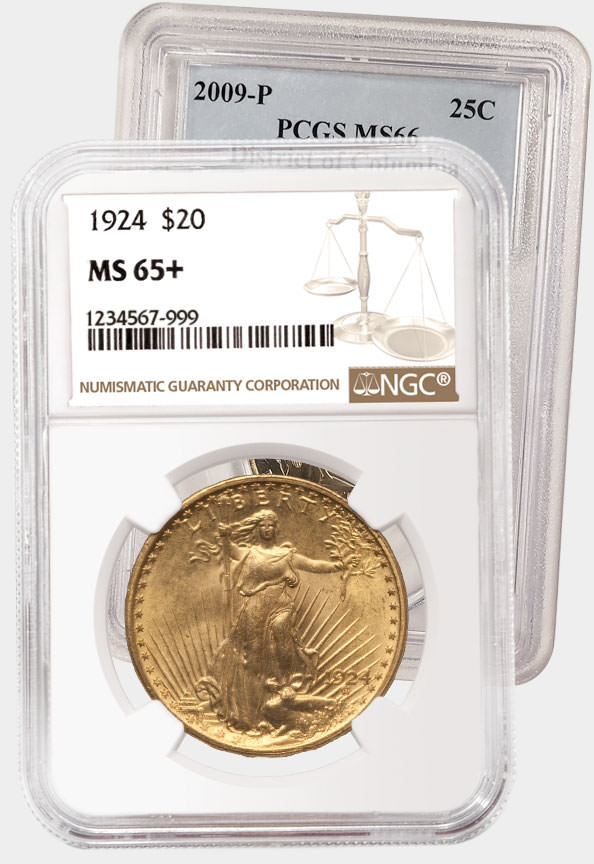Counterfeit Detection
10. 1914 L&M-858 Dollar
- Transfer die counterfeit
- Cast Counterfeit
This attractive coin was struck from one of three designs created in 1914 by L. Giorgi at the Tientsin Mint. It is found with two flan thicknesses, 2.8 mm and 3.25 mm. The thin variety was the issue struck for circulation in 1914 with a mintage of 20,000 pieces. The thick version is a circa 1918 restrike made for collectors. Historically, there was no value difference between these two types, but interest in Chinese coinage varieties continues to grow.
Diagnostic Tips
Genuine examples are distinguishable by their distinctive frosty luster and comparatively broad edge reeding. Counterfeits can be matte-like, lightly mirrored or heavily striated around the peripheral fields with narrow or irregular edge reeding.

